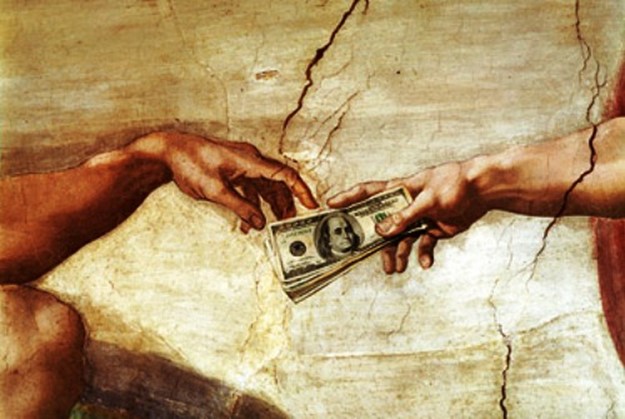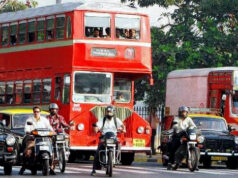Is religion superior to economic rationale?
How expensive is religion? Does the question bother you? It shouldn’t, considering the amount of money we spend on religion every day. Sick-healthy, lucky-unlucky, happy-sad: everyone is eligible for holy favours as long as they are ready to pay competitive prices for it. Religions’ relative immunity to recessions or natural calamities makes religion a rather lucrative business. The USA alone has a faith economy more valuable than Amazon or Google, estimated to be around 1.2 trillion dollars.
From ‘puja thali’ at the roadside hawker to church candles on Amazon, entrepreneurs recognise the demand and the willingness with which people from all sections of the society would loosen their pockets. It is one of the few markets in which rich and poor alike let go of a considerable part of their disposable incomes, the poor more so than the rich. The poorest 20% in rural India spent 7% of their monthly expenses on miscellaneous consumer services surrounding religious activities. While India’s religion market has never been extensively studied and estimated, one can imagine the robustness given that India’s incense sticks’ market alone is worth over Rs 2500 crores.
Max Weber, a German sociologist and economist, in his book The Protestant Ethic and the Spirit of Capitalism famously linked the rise of capitalism in Northern Europe with the Protestant work ethic which espouses work as a means to actively contribute to the community. Hinduism, on the other hand, worships wealth as ‘Lakshmi’, who is also worshipped as the goddess of good fortune. If religion has given rise to such a lucrative industry for both the entrepreneurs and labour, in addition to the liberal views that many religions take on wealth, why is religion often seen as an obstruction to economic growth?
Religious pluralism is linked to higher prosperity observed in developed countries like Norway or Switzerland, which experience greater economic stability and growth. As data shows, religiosity is often at odds with economic prosperity. Studies show that the per capita income of a nation has a negative correlation to the national levels of religiosity, meaning that nations in which people identify as being more religious are less wealthier nations. Let’s try to understand this, within the Indian context.
The world values survey (WVS) 2010- 2014, a compilation of data on trends in religion shows that India has seen an increase of about 10 percentage points since 2004, with over 90% respondents identifying religion as an important aspect of their lives. India’s growing religiosity, in contrast with the reducing trends of religiosity globally, is inhibiting its growth and the potential of India’s much talked about demographic dividend.
Economic exclusion on the grounds of religion, caste and gender is an unfortunate consequence of this adherence to religio-cultural norms. The general attitude held by many religious elements of women’s participation in the workforce is one example of how long-held notions and customs can harm the economy at large. These customs, dictated and practised by many religious fundamentalists, manifest themselves even in violent ways prohibiting women from entering temples, schools and work spaces. Religion is even used as a medium to imbibe fear into the society, discouraging active participation of marginalised segments of the society.
Castes in India, which find their roots in religion, play a decisive role in economic growth of the nation as a whole. Political candidates’ religious and caste affiliation is a major factor in Indian voting. People are open to suffering considerable economic losses, directly or indirectly, at the hands of a government that promises significant favour for the religion or caste of their affiliation. People may be subsuming individual preference over tribal/societal preference which is often dictated by religious inclinations.
Rampant religious animosity, despite the secular label that India proudly wears, is on the rise due to increasing religio-centrism among the populace. The resulting intolerance amongst the populace has posed many challenges to the economy by targeting industries that do not align with one’s own religious beliefs. The leather industry for example, which is worth an estimated $16 billion, is being stifled in the midst of the religion instigated crackdown on cattle slaughter.
While there is a need to quantify the expansiveness of the Indian religion industry, there is an even greater need to estimate the losses that we suffer due to actions of the so-called religious affiliates. While the religion’s market might be doing the society economic favours, what harm is the world paying for religious intolerance and fundamentalism?
Read more : https://spontaneousorder.in/the-generality-principle/
Post Disclaimer
The opinions expressed in this essay are those of the authors. They do not purport to reflect the opinions or views of CCS.






